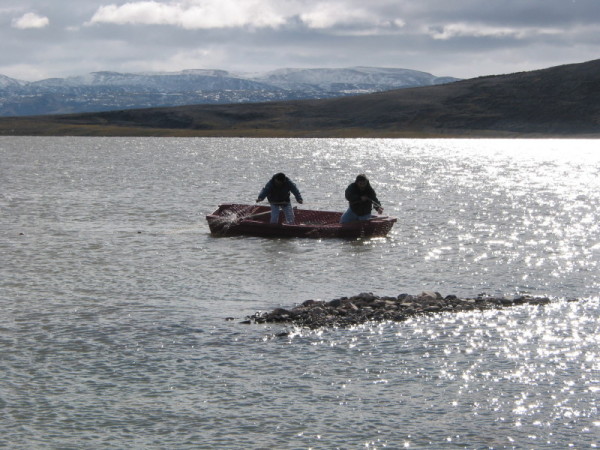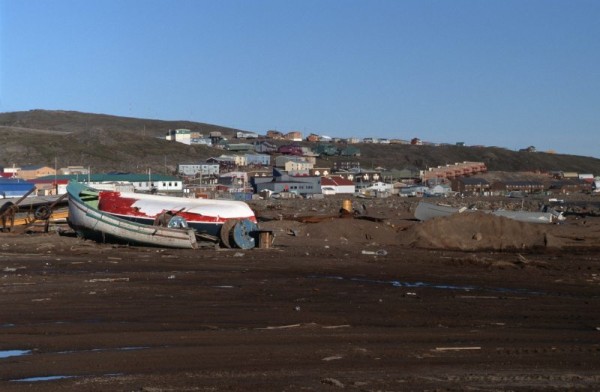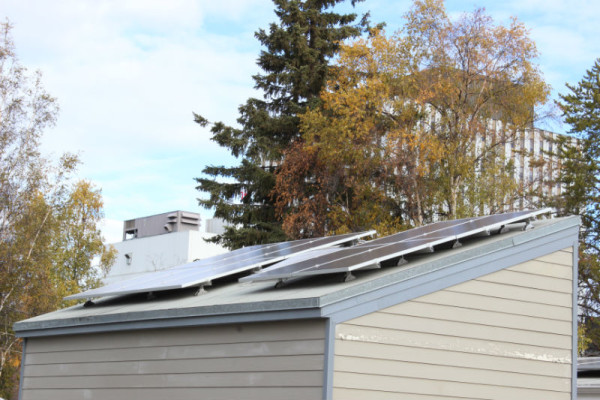New UN Sustainable Development Goals should bring renewable energy to the north
Today, world leaders formally adopted the 2030 Agenda for Sustainable Development at UN headquarters in New York. In so doing, they are promising that future economic growth and development will be sustainable.
These goals are different from previous development goals (called the Millennium Development Goals) in two crucial ways. First, they are universal, meaning both developing and developed countries are expected to implement the goals. Second, they recognize that protecting the environment, eradicating poverty and promoting economic growth and well-being are interlinked.
The global goals of eradicating poverty and achieving sustainable development should have direct implications for Canada’s northern communities. Food security, health care, drinking water, and reliable infrastructure are things that all Canadians should enjoy, but many in the north do not. WWF-Canada looks forward to working with stakeholders to bring Canada’s UN Sustainable Development Goals to life.
Now that Canada has signed off on the SDGs, we are promising a new agenda for Canada’s north. And there are two areas in particular where this new agenda will depart from business as usual – access to energy and plans for economic growth.
Among the 17 goals, number seven pledges access to affordable, reliable, sustainable and modern energy for all. Unfortunately, energy access in Canada’s north is expensive, sometimes limited, mostly unsustainable and certainly not modern. While there is hydroelectricity in Yukon and NWT, Nunavut relies on diesel generation for 100 per cent of their electricity. Furthermore all territories rely on diesel for heating. Due to the expense of transporting the fuel, people in Canada’s north pay eight to ten times more for electricity and heating than southerners do.
There are many examples of renewable energy in the Arctic. Wind power is being used in many Alaskan communities, and Yellowknife has many examples of solar power for electricity and heating. Under SDG commitments, Canada needs to expand these pilot projects to create sustainable, affordable, reliable and accessible energy alternatives to diesel in the Arctic. WWF is currently working to support investment in renewable energy in the Arctic and looks forward to working with stakeholders under this new framework.
Goals eight and nine commit to sustainable economic growth, employment for all, and sustainable industrialization. These three tenets will resonate in Canada’s Arctic where climate change is threatening traditional, nature-based economies and where risky offshore oil and gas has failed to produce the economic growth that was promised. In the light of this commitment, WWF-Canada will amplify our calls for northerners and policy makers to turn away from unsustainable development once and for all and focus on growing sustainable economies – like northern fisheries.
Of course, while the new SDG goals are for 2030, we need action now – and that’s why WWF is working with stakeholders today to develop renewable energy solutions in the Arctic. Immediately following these negotiations, the Arctic Energy Summit in Alaska will explore the challenges of fossil-fuels in northern communities and the opportunities for renewable energy, in order to share with the Sustainable Development Working Group of the Arctic Council. WWF will be there to remind fellow delegates of these important and new commitments for energy in the Arctic and to help find solutions.




